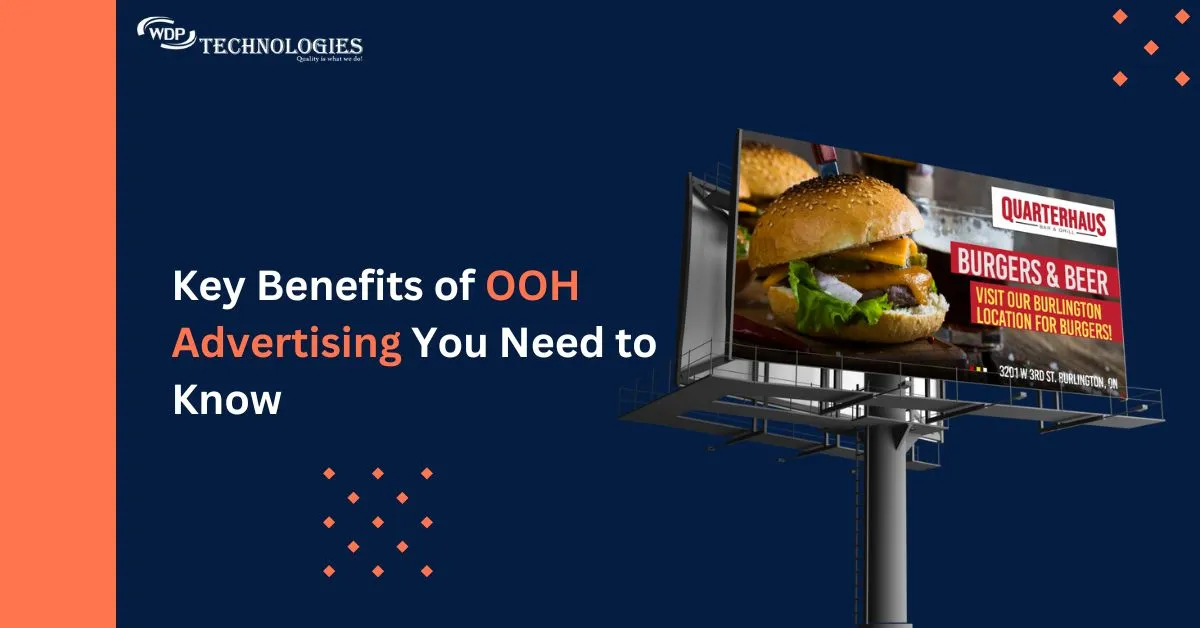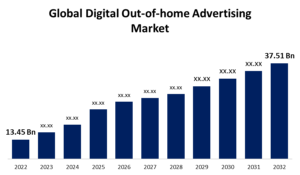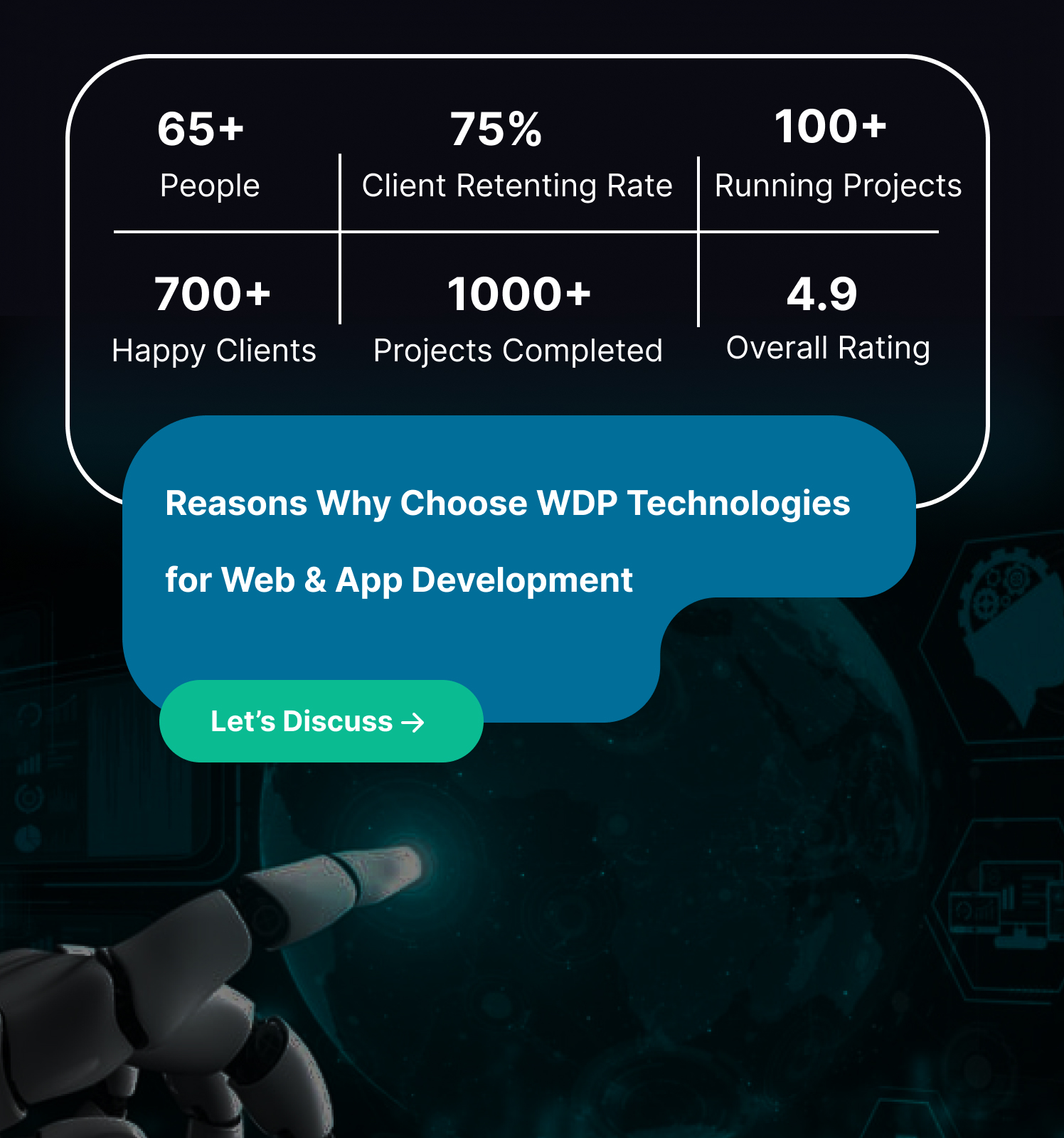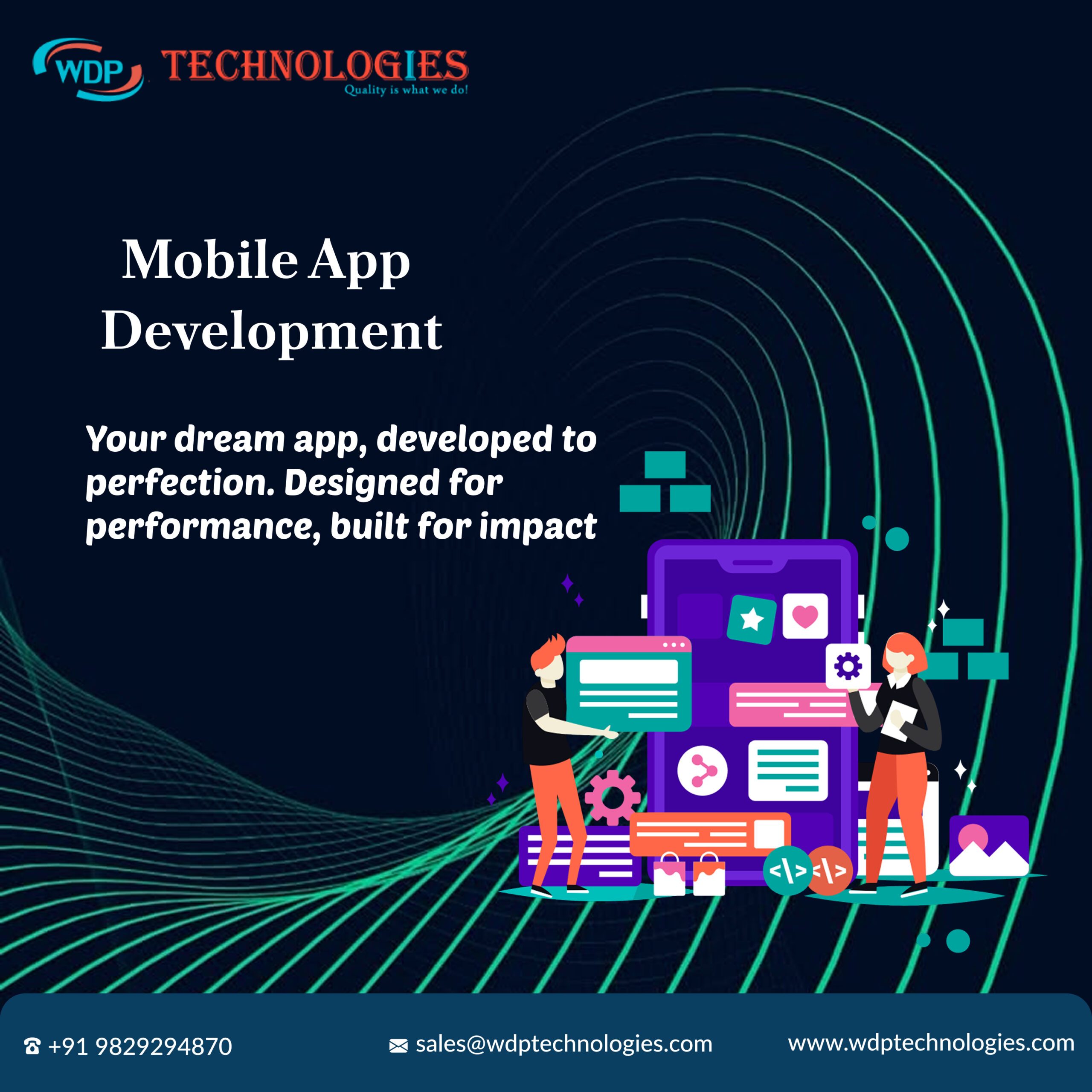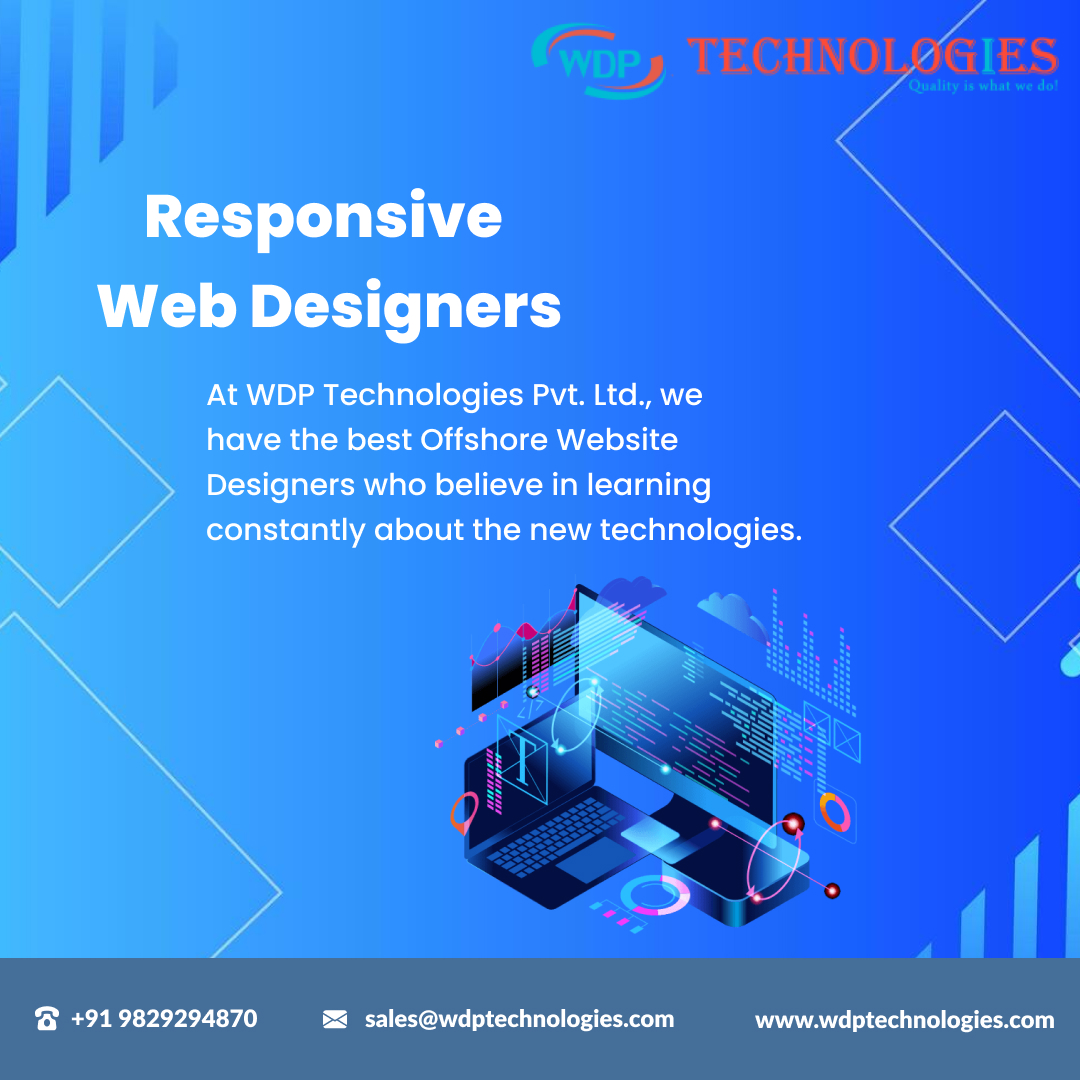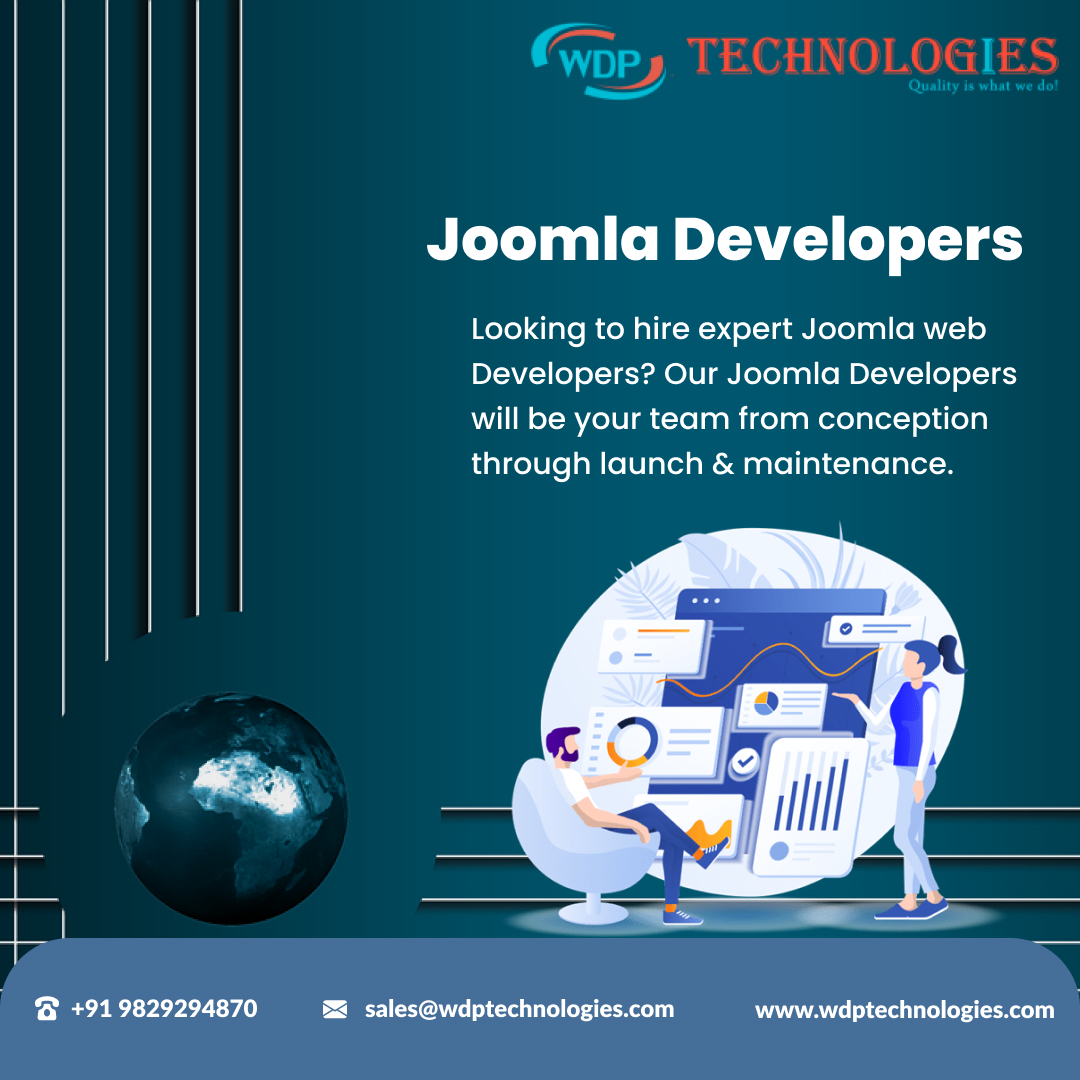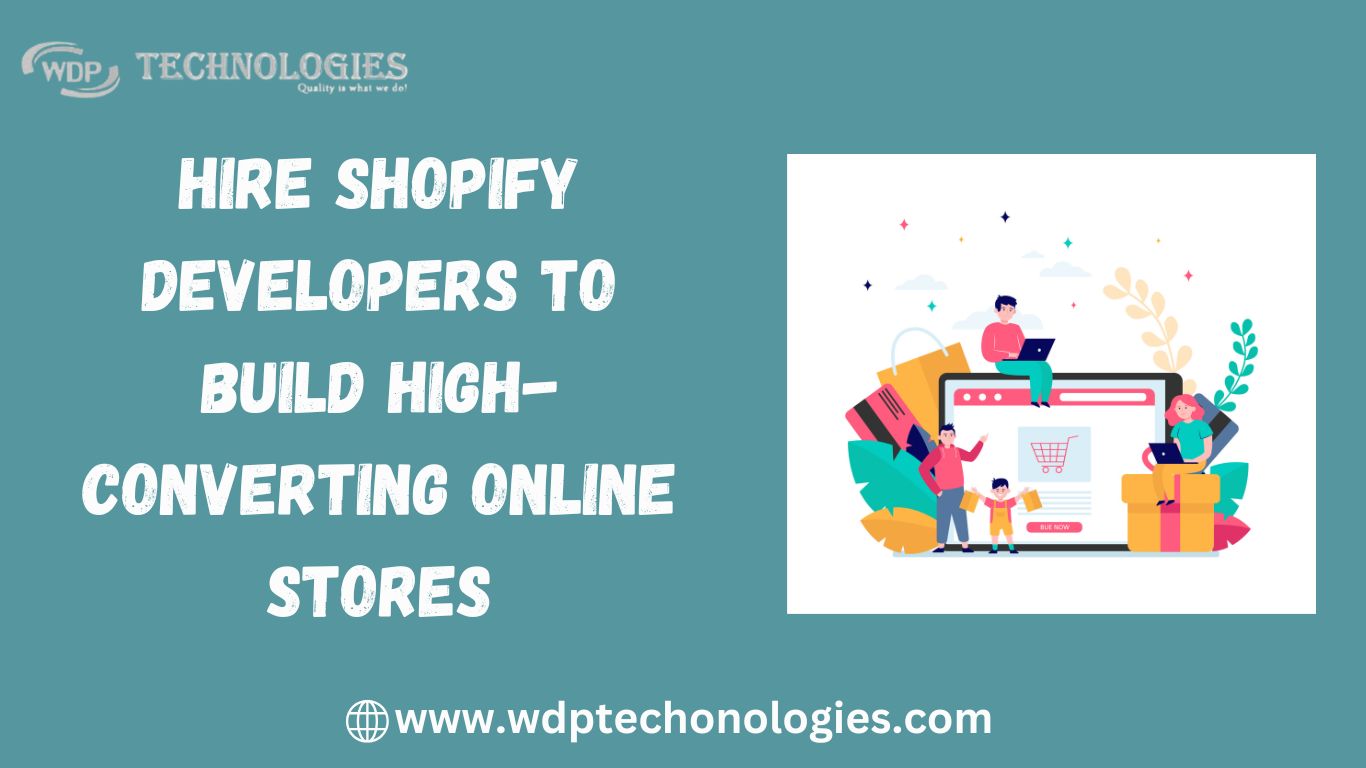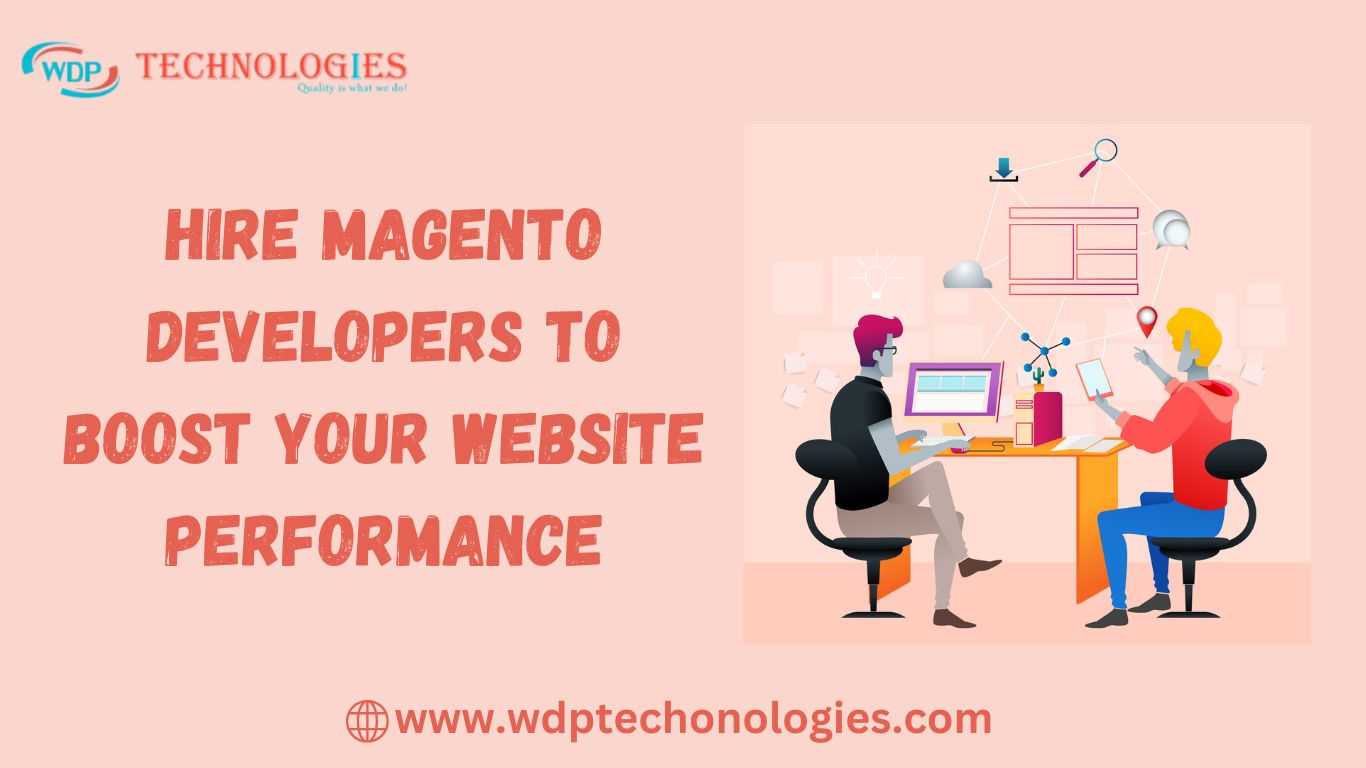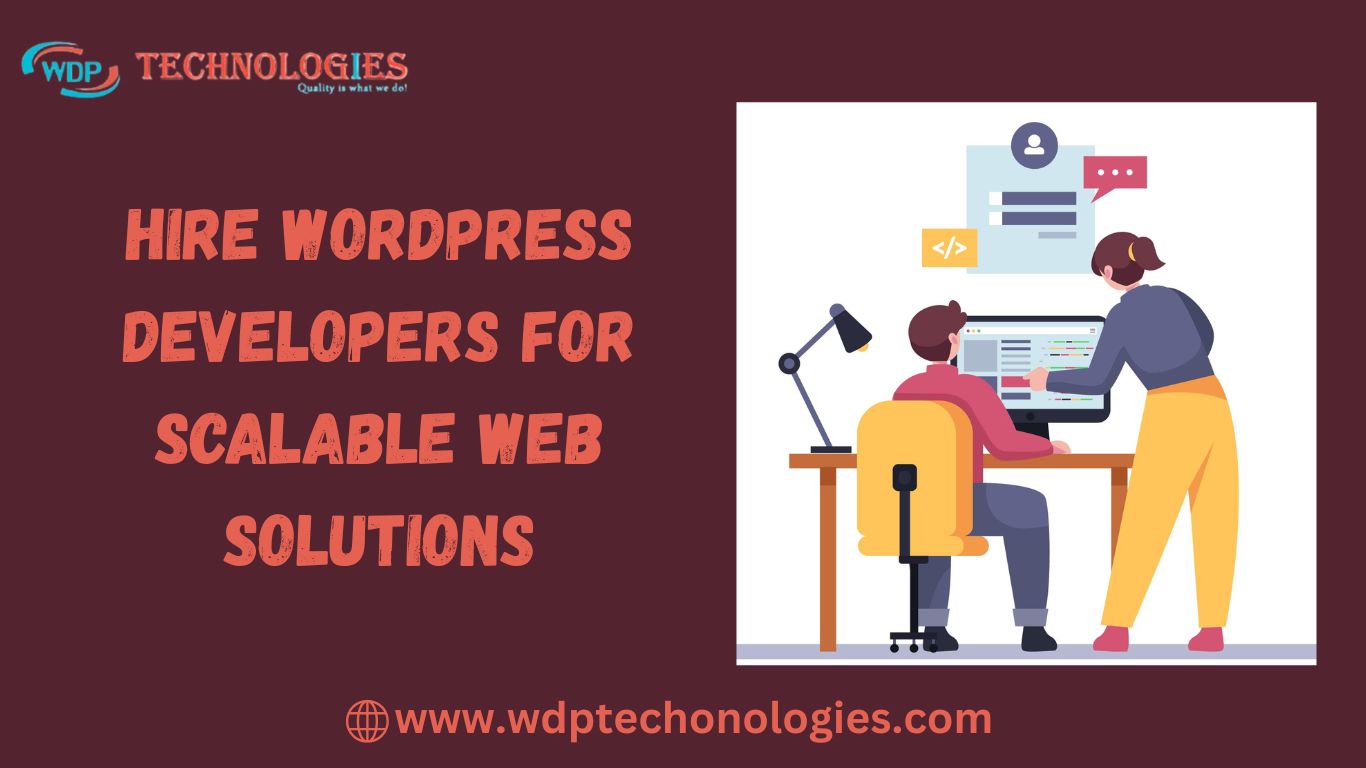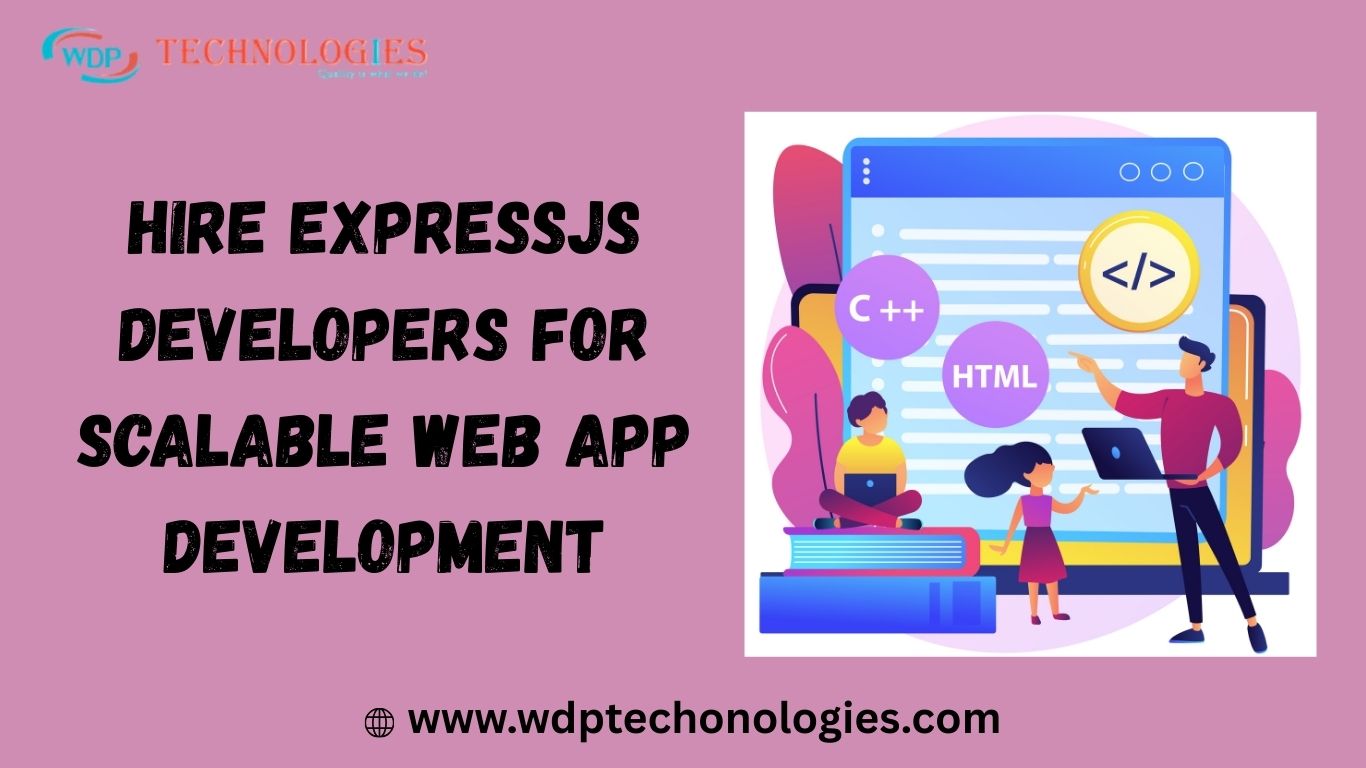Hey there! Ever found yourself stuck in traffic, gazing at a giant billboard, or spotted a dazzling ad on the side of a bus? That’s Out-of-Home (OOH) advertising, and it’s not just about catching your eye while you’re on the go. In a world where digital ads can sometimes feel overwhelming or easy to ignore, OOH stands out with its real-world presence and undeniable impact.
If you’ve ever wondered why those billboards and transit ads seem to be everywhere, or if you’re considering adding OOH to your marketing mix, you’re in the right place. In this blog, we’re diving into the awesome benefits of OOH advertising and why it might be the game-changer your brand needs. So, buckle up and let’s explore how OOH can boost your visibility, enhance your brand, and make a lasting impression on your audience.
Overview Of OOH Advertising

Out-of-Home (OOH) advertising is a dynamic and versatile form of marketing that reaches consumers while they are outside their homes. It encompasses a wide range of advertising formats designed to catch the eye of people on the move. From towering billboards along highways to engaging digital screens in transit stations, OOH advertising leverages public spaces to deliver impactful messages.
Key Formats of OOH Advertising:
👉 Billboards: These large-scale ads are typically placed in high-traffic areas, offering maximum visibility. They can be traditional or digital, providing a broad reach for advertisers.
👉 Transit Advertising: Ads placed on buses, trains, subways, and transit stations. This format captures the attention of commuters and travelers, integrating seamlessly into their daily routines.
👉 Street Furniture: Includes advertisements on bus shelters, benches, and kiosks. These ads target pedestrians and are often found in busy urban areas.
👉 Airport Advertising: Strategic placements within airports reach travelers and professionals, making it ideal for targeting a diverse and mobile audience.
👉 Digital OOH: Incorporates interactive and dynamic content on digital screens located in various public spaces, offering the ability to update messages in real time.
15 Major Benefits of OOH Advertising
Out-of-Home (OOH) advertising is a dynamic and enduring medium that continues to deliver exceptional value in today’s multi-channel marketing landscape. Here are 15 major benefits of OOH advertising that highlight why it remains a powerful tool for reaching audiences effectively:
1. High Visibility
OOH advertising captures the attention of a wide audience due to its strategic placement in high-traffic areas such as highways, city centers, shopping malls, and transit stations. These locations ensure that ads are seen by many people, including commuters, tourists, and locals. The large formats and prominent placements of OOH ads make them difficult to ignore, maximizing the visibility of your message.
2. Continuous Presence
Unlike digital ads, which might be fleeting or easy to bypass, OOH ads offer continuous exposure. Whether it’s a billboard that’s visible day and night or a transit ad that’s seen during daily commutes, OOH ads maintain a steady presence in public spaces. This uninterrupted visibility helps in reinforcing brand messages and keeping your brand top-of-mind for consumers.
3. Broad Audience Reach
OOH advertising reaches a diverse range of people. It targets various demographics including commuters, pedestrians, travelers, and residents. By placing ads in locations with high foot or vehicle traffic, you can engage with a large and varied audience, increasing the potential impact of your campaign across different groups.
4. Strong Brand Recall
The repetitive exposure to OOH ads enhances brand recall. As people encounter the same ad repeatedly in their daily routines, the brand message becomes more ingrained in their memory. This consistent visual reinforcement helps ensure that your brand stays memorable and recognizable, which is crucial for long-term brand recognition.
5. Enhanced Targeting
OOH advertising allows for precise geographic and demographic targeting. By selecting specific locations that align with your target audience’s behavior or lifestyle, you can ensure that your ads reach the right people. For instance, placing ads near gyms can effectively target fitness enthusiasts, while ads in business districts can reach professionals.
6. Creative Flexibility
OOH advertising offers a high degree of creative freedom. From gigantic billboards with striking visuals to interactive digital displays with real-time content, the format allows for innovative and eye-catching designs. This creative flexibility enables brands to craft memorable ads that stand out and capture attention effectively.
7. Complementary to Digital Campaigns
OOH advertising complements digital marketing efforts by creating multiple touchpoints for consumers. While digital ads drive online engagement, OOH ads reinforce these messages in the real world. This integrated approach ensures that your brand message is reinforced across different platforms, enhancing overall campaign effectiveness.
8. Minimal Ad Avoidance
With the increasing prevalence of ad blockers and skipped digital ads, OOH advertising offers a refreshing alternative. Since OOH ads are physically present and part of the everyday environment, they are less likely to be avoided or ignored. This increases the likelihood that your message will be seen and remembered.
9. Local Engagement
For local businesses, OOH advertising provides an effective way to connect with the community. Ads placed in local neighborhoods or near community hubs can build stronger relationships with residents. This localized approach helps businesses engage with their target audience in a more meaningful and relevant way.
10. Real-Time Updates
Digital OOH advertising allows for real-time content updates and dynamic messaging. Advertisers can quickly modify their ads based on current events, promotions, or audience feedback. This flexibility enables brands to stay relevant and respond to changing circumstances or opportunities.
11. Cost-Effective Solutions
OOH advertising can be a cost-effective option compared to other media channels. It offers various formats and pricing options to suit different budgets. By choosing the right locations and formats, advertisers can achieve significant reach and impact without overspending, making it a viable choice for many marketing budgets.
12. Measurable Results
Advances in technology have improved the ability to measure the effectiveness of OOH advertising. Tools and analytics now provide data on impressions, engagement, and audience reach. This measurement capability allows advertisers to assess the performance of their campaigns and make data-driven decisions for optimization.
13. Tangible Impact
The physical nature of OOH advertising lends a sense of credibility and authority to the brand. A well-placed ad in a high-profile location can enhance the perceived legitimacy of a brand. This tangible impact helps build trust and reinforces the brand’s presence in the consumer’s mind.
14. Integration with Mobile
OOH ads can integrate with mobile technology to drive interactive engagement. Features such as QR codes, SMS keywords, and app integrations allow consumers to interact with the ad and take immediate actions. This integration bridges the gap between physical and digital experiences, encouraging further engagement with the brand.
15. Support for Long-Term Campaigns
OOH advertising is well-suited for long-term campaigns that focus on brand building and sustained visibility. Unlike short-term digital ads, OOH provides a consistent and ongoing presence that helps reinforce brand messages over time. This long-term approach is beneficial for establishing a strong and enduring brand identity.
How to Do OOH Advertising
By following these steps, you can effectively plan, execute, and optimize an Out-of-Home advertising campaign that achieves your marketing objectives and connects with your target audience in meaningful ways and gets benefits of OOh advertising by following these steps.
1. Define Your Objectives
Start by clarifying what you want to achieve with your OOH campaign. Are you looking to increase brand awareness, drive foot traffic to a location, or promote a specific product or event? Your objectives will guide the rest of your campaign planning, including the choice of formats, locations, and creative strategies.
2. Understand Your Target Audience
Identify who your target audience is and where they spend their time. Understanding their habits, demographics, and preferences will help you choose the most effective OOH formats and locations. For instance, if you’re targeting young professionals, you might opt for ads in business districts or on public transport routes they frequent.
3. Choose the Right OOH Format
OOH advertising offers various formats, each with unique advantages:
- Billboards: Large-scale ads that offer high visibility and are ideal for broad reach.
- Transit Advertising: Ads placed on buses, trains, or in transit stations, targeting commuters.
- Street Furniture: Ads on bus shelters, benches, or kiosks, focusing on pedestrians.
- Airport Advertising: Ads in airports targeting travelers and business professionals.
- Digital OOH: Interactive and dynamic ads on digital screens that can be updated in real time.
Select the format that best aligns with your campaign objectives and audience.
4. Select Strategic Locations
Choose locations that maximize visibility and relevance to your target audience. High-traffic areas such as major highways, busy city centers, and popular transit routes are effective for reaching a large audience. Consider the specific behavior and locations of your target audience when making this decision.
5. Develop Your Creative Strategy
Design compelling and eye-catching creative that aligns with your campaign objectives. Your creative should be visually engaging, clearly communicate your message, and include a strong call-to-action. Ensure that the design is suited to the OOH format you’ve chosen, taking into account size, readability, and visual impact.
6. Work with an OOH Advertising Agency
Collaborating with an OOH advertising agency can streamline the process. Agencies have expertise in media planning, buying, and execution, and can help you navigate the complexities of selecting locations, managing placements, and optimizing your campaign. They can also assist with creative development and provide valuable insights into market trends.
7. Plan and Execute the Campaign
Once your creative and locations are set, plan the timeline for your campaign launch. Coordinate with the media owners or your agency to ensure timely placement and execution. Monitor the campaign as it progresses to ensure everything is running smoothly and make any necessary adjustments.
8. Measure and Analyze Results
Use available tools and metrics to evaluate the performance of your OOH campaign. Track key performance indicators such as impressions, engagement, and brand recall. Many modern OOH campaigns use advanced analytics and technology to measure effectiveness and provide data on how well your ads are performing.
9. Optimize and Iterate
Based on the results and insights gathered, refine and optimize your campaign for better performance. Adjust your strategy, creative, or placements if needed to improve results. Continuous optimization ensures that your OOH advertising remains effective and aligns with your marketing goals.
10. Review and Report
At the end of the campaign, conduct a comprehensive review to assess overall effectiveness. Prepare a detailed report that includes performance metrics, insights, and lessons learned. This analysis will help you understand what worked well and what could be improved for future OOH advertising efforts.
Also Read: Benefits of Influencer Marketing
Conclusion
Out-of-Home (OOH) advertising offers powerful benefits in today’s digital landscape. With its high visibility, continuous presence, and creative flexibility, OOH ads stand out and engage audiences effectively. By integrating OOH into your marketing strategy, you can enhance brand awareness, drive engagement, and make a memorable impact. Embrace the unique benefits of OOH advertising to elevate your campaigns and connect with your audience in meaningful ways.

